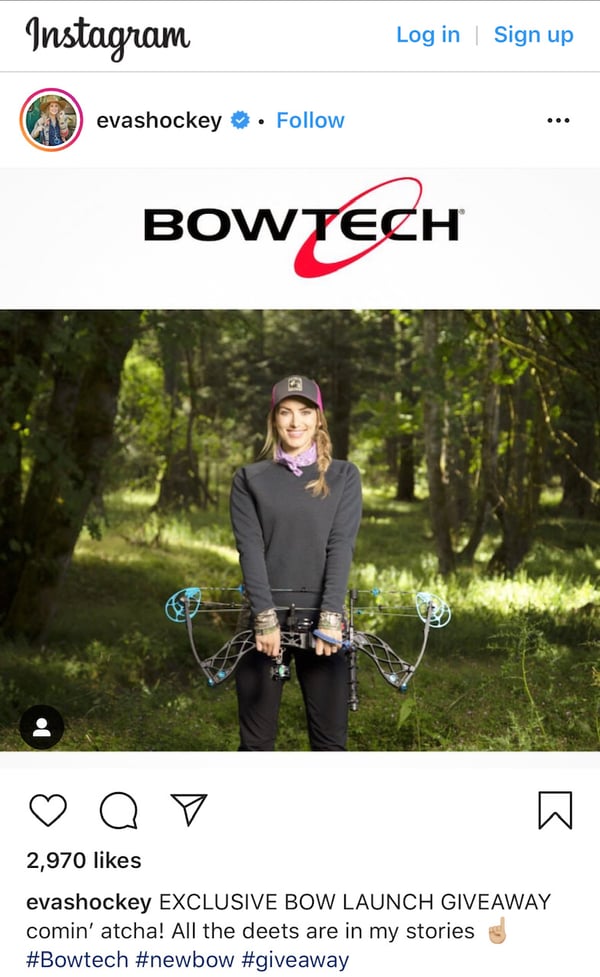Sponsored
Who doesn’t want to live in a filtered Instagram world? All over Instagram, you’ll find perfect people in picturesque destinations doing what photographs best — shopping, dining, traveling, adventuring, and truly living their best lives. The Instagram influencers rule the internet and one post can transform product sales from nil to a mill.
Or can it?
A recent AdAge article held up Instagram influencers as one of the biggest marketing/advertising scams of the past decade. Much like the walled gardens that marketers face with Google and Facebook, Instagram influencers can (and often do) manipulate numbers in whatever way they want. Simply put: while their accounts look picture-perfect, Instagram influencers do not appear to traffic in transparency.
In fact, the article shares a quote from an Instagram audit developer and researcher, Andrew Hogue, who pointed out that:
“20 to 30 percent of influencers will be artificially inflating their metrics in some way, shape or form, whether that be buying fake followers, fake likes, comments or even story views.”
It’s just another instance of using vanity metrics to profit off the advertising efforts of brands.
Influencing the data
The problem comes in when we allow those who produce the content to also be the ones who report on the results.
Vanity metrics like followers and likes don’t give us much to go on. When 95 million users on Instagram are bots, those metrics don’t mean much at all. What brands need is a way to connect to real people — people who actually buy the products — and to their data. Not more empty likes and follows.
The goal of Instagram outreach should be in collecting accurate and relevant data. Data from users themselves, or what we call zero-party data. Zero-party data is data that is willingly shared by individuals in exchange for something of value.
For instance, we’ve seen plenty of Instagram stories that offer sweepstakes or instant win contests. Brands should focus on using forms within those sweepstakes that collect first- and zero-party data. This is an easily measured metric — not a vanity one — that connects influencer activity directly back to results. If an influencer only has bots as followers, then they will eventually weed themselves out because they can’t prove that their efforts will deliver results.
What does a successful influencer campaign look like?
It’s not to say that Instagram influencers don’t work — outdoor equipment manufacturer Bowtech tapped eight social influencers to promote a free product giveaway. In just eight days and with no paid media support behind their posts, the influencers used a mobile-first Cheetah Experience to garner 32,000 opt-ins along with five psychographic data points per entrant. That data was used to create hyper-personalized and dynamic email offers driving a measurable increase in sales over the following 45 days.

Jeff Suiter, Bowtech's Director of Marketing, shared how this exercise changed their perspective on influencer marketing from that day forward:
"Influencer marketing was incredibly difficult for us to measure. My CFO constantly reminds me that 'likes and shares' aren't dollars in the bank. Our strategy of moving consumers off of social and into our own database lets us reach them directly, without an algorithm in the way, and the 150,000 psychographic data points we collected revealed each individual's true purchase intent.
We were now able to clearly identify which influencers were driving actual sales, along with which of their fans were actually brand advocates. Those insights ultimately allowed us to move less effective influencers out of the program, freeing up resources to bolster the efforts that were clearly driving real results."
When influencers are paired with organizations that hold them accountable, it can be a productive venture. Brands that are willing to look beyond the artifice of metrics like clicks and likes can find that pairing with Instagram influencers, when done correctly, can result in valuable first- and zero-party data for future marketing campaigns.
So, let the Instagram influencers keep influencing. And keep those affiliate links. But let the marketers be the ones who decide if those results really matter.
